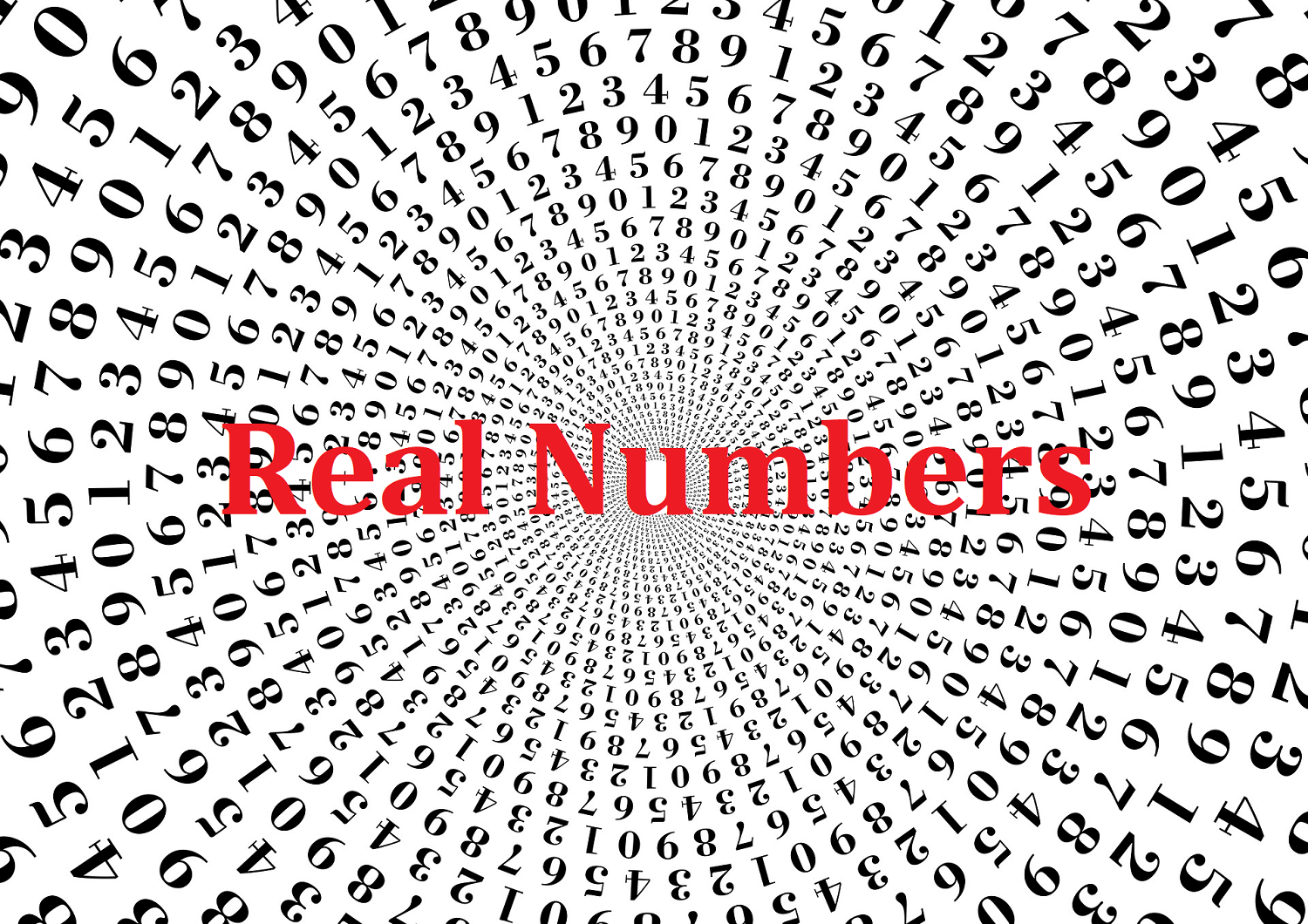Real numbers include the sets of Integers, Natural Numbers, Whole numbers, Rational and irrational numbers. Complex numbers are one of the example of non-real numbers. Simply, we can say that the set of rational and irrational numbers together are called real numbers. Actually the real numbers was first introduced in the 17th century by René Descartes. He made a concept of real and imaginary, by finding the roots of polynomials. We know that the real numbers include all the rational numbers, such as the decimal 2.59, the integer −3, whole number 8 and the fraction 2/5 and all the irrational numbers like square roots of prime numbers such as √2, √3, √5, etc. Real numbers are normally used to measure distance, quantities such as time, speed, mass, weight, energy, velocity, and many more.
Real Number in Middle Classes (Class 6, 7 and 8)
In class 6, we have to explore about whole numbers, decimals, fractions and integers. Applications based on additions of integers (negative and positive), conversion of decimals in fraction and vice versa. There are only simple applications related to real numbers. Here, only real part of real numbers is being applied. No discussion about irrational number is given.
Scope of Real Numbers in High School (Class 9)
In class 9 we study about the plotting a real number on number line. Here we have to learn to plot not only a rational number but an irrational number also. In class 9 Maths Chapter 1, we study to plot even a non-terminating number by successive approximation. The chapter starts with finding rational numbers between two numbers. Later on, we have to understand the concepts about an irrational number and try to plot it on number line. Rational numbers may be terminating or non-terminating. A 9th standard students have to learn to convert both terminating and non-terminating into fraction.

Concepts based on Real Number in class 10
In Class 10 Maths Chapter 1, basically we have to study two main topics. One is Euclid’s Division Lemma and the other one is Fundamental Theorem of Arithmetic. Euclid’s division lemma is used to find the HCF of two or more numbers using Euclid’s division algorithms whereas Fundamental Theorem of Arithmetic helps us to find both LCM and HCF using Factorisation.
History of Real Numbers
Around 1000 BC, the term fractions were used by the Egyptians but the use of Irrational numbers can be seen in the Vedic “Shulba Sutras” in, c. 600 BC, it was the first use of irrational numbers. The existence of irrationality was positively accepted by ancient Indian mathematicians since Manava (c. 750–690 BC), during the calculation of the square roots of numbers like 2, 3 and 61. They found that these square roots are not be exactly determined. Around 500 BC, the Greek mathematicians realised the need for a different category of numbers which include the values particular the irrationality of the square root of 2. Later on, in 1761 Johann Heinrich Lambert also prove that the number π cannot be rational, but in 1794 Adrien-Marie Legendre showed that π is not the square root of a rational number.
Is zero a real number?
Yes, 0 is a whole number and every whole number is a real number.
What are the real numbers?
The collection of Natural numbers, Integers, Whole Numbers, Decimals, Fractions and irrational numbers are called Real numbers.
Is one a real number?
Yes, of course, one is natural number and all natural numbers are fall in the set of real numbers. That is why, 1 is a real number.
What are non-real numbers?
Numbers which cannot be converted into p/q form (where q is a non-zero number), are called non-real numbers.



